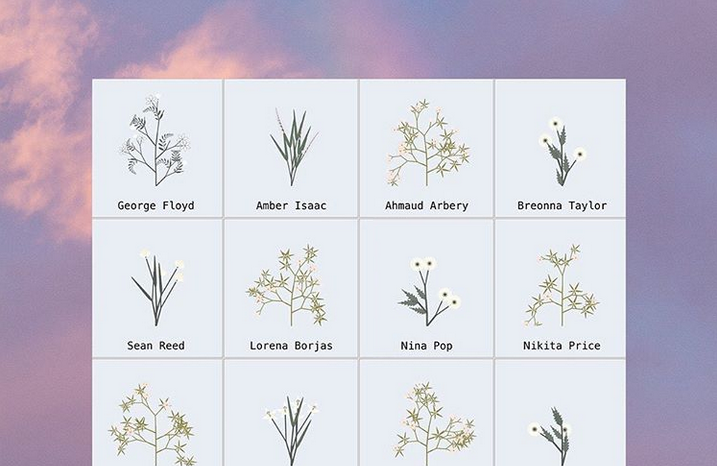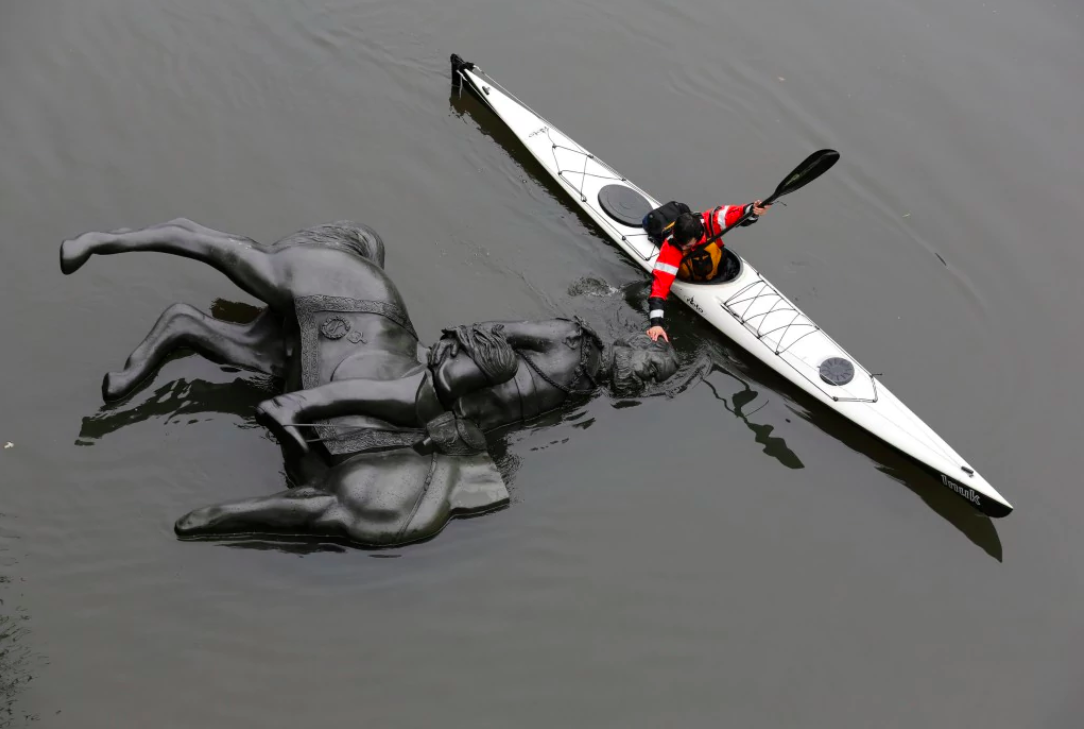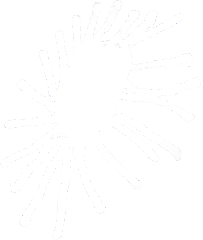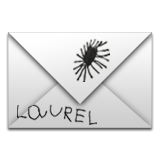Hi everyone,
What’s up? Not too much new with me…
But wow, it’s been some time since my last reflection. I hope I haven’t kept you waiting!
I’m here in my room listening to the light rain and a siren out my window. It’s evening. Perfect time for writing…

Back what feels like years ago in March, at the beginning of the pandemic, I remember being annoyed that here in NYC, Google wasn't using their LinkNYC Kiosks to the best of their ability. At the time, the messaging on the displays was a series of abstract recommendations, not clear mandates for stopping the spread of coronavirus. Of course this was a trickle down effect, and it was only because the higher ups hadn't started closing down the city more officially yet. I remember being appalled at a long line outside one popular restaurant in my neighborhood, thinking to myself... wow, these people and I must follow much different news sources. It was sad there wasn't clear messaging in physical public space, making this public health threat obvious and known by all bodies.

To see an adapted version of this slideshow, see Neta Bomani’s version:
https://saytheirnames.glitch.me (and Github repo here)
It was such a surprise to see the kiosks, for the first time, a couple months later, being used experimentally to display the names of those black people killed by police brutality. It was a severe, clear treatment—about eleven names at first, each of them in white uppercase bold Helvetica on a black background. I later learned this display was only for the weekend. While one could debate whether or not this was good, as Google runs these machines and has surveillance inside them, I personally admit to being moved by seeing public changeable displays used in this clear and profound way.

It has been very sad and very important to see the frequent display of the names of black people murdered by police.
But since anti-racism is not a belief but an ongoing practice, I wonder how to continually remember to #saytheirnames, even after this movement loses its momentum. Is it possible to not only embed these names into surfaces but also into memory? How do we remember these people's names beyond any memorials and monuments that are created… can we remember to incorporate them into ongoing rituals, language, and everyday dialogue?

“Study death always,” said Seneca.
“There must be some way to integrate death into living, neither ignoring it nor giving in to it,” wrote Audre Lorde in her Cancer Journals. *

In my last newsletter, I talked about “ambient cemeteries,” and how the names of the dead are the pillars of such a concept. But they are of no use if they aren’t activated—remembered and said aloud in everyday life.
I don’t really have answers here… I’m more wondering. As we pull down old racist monuments, do new monuments with new values up? And how… many decades from now, do we remember to notice these monuments, these names, instead of just glossing over another “important” person from the past when we walk past?

To activate public space and public memory, it seems like something almost alchemic needs to happen. Maybe this is where artists and their imaginations come into play.
"The role of the artist is to make the revolution irresistible," said Toni Cade Bambara.
I found this quote in adrienne maree brown's Emergent Strategy: Shaping Change, Changing Worlds (2017), which I highly recommend. Here is its page on Goodreads. If you're interested, you can buy it from its publisher, AK Press. (And the ebook is currently available from them for $2!)Anyway, I'll leave you with one of my favorite excerpts:
“At the human scale, in order to create a world that works for more people, for more life, we have to collaborate on the process of dreaming and visioning and implementing that world. We have to recognize that a multitude of realities have, do, and will exist. Collaborative ideation is a process of birthing new ideas, and the practice of collaborative ideation is about sharing that process as early as possible. This is not to say there is no space for individual creation—I love the selfishness of closing the world out and unleashing the realm of my imagination and creativity. But how do we disrupt the constant individualism of creation when it comes to society, our shared planet, our resources?”
Thanks to adrienne maree brown for all her work.

Anyway, I hope you’ve enjoyed this email, which has been 937 words in length. As always, feel free to reply directly to let me know what you think.

Laurel
* Thanks so much Tom and Lizzie for these references :)
This is Laurel's "Reflections" newsletter 🎐.
If at any time you’d like to unsubscribe, or subscribe again, you can do so at:
http://email.laurel.world.
The username is writer and the password is thoughts_become_things.
Thank you for receiving this transmission.


